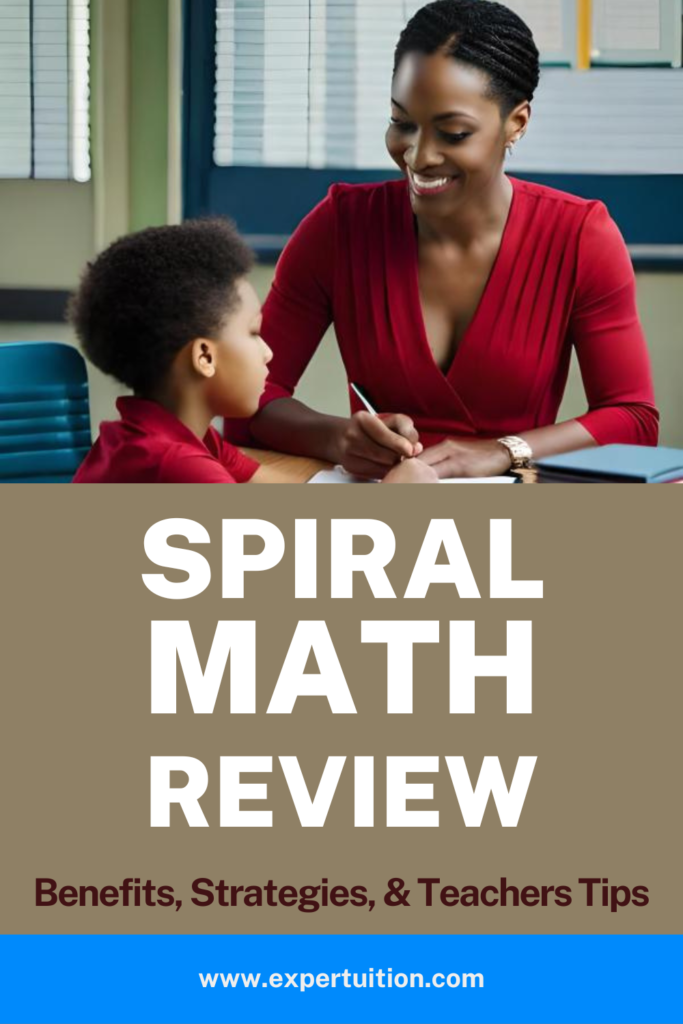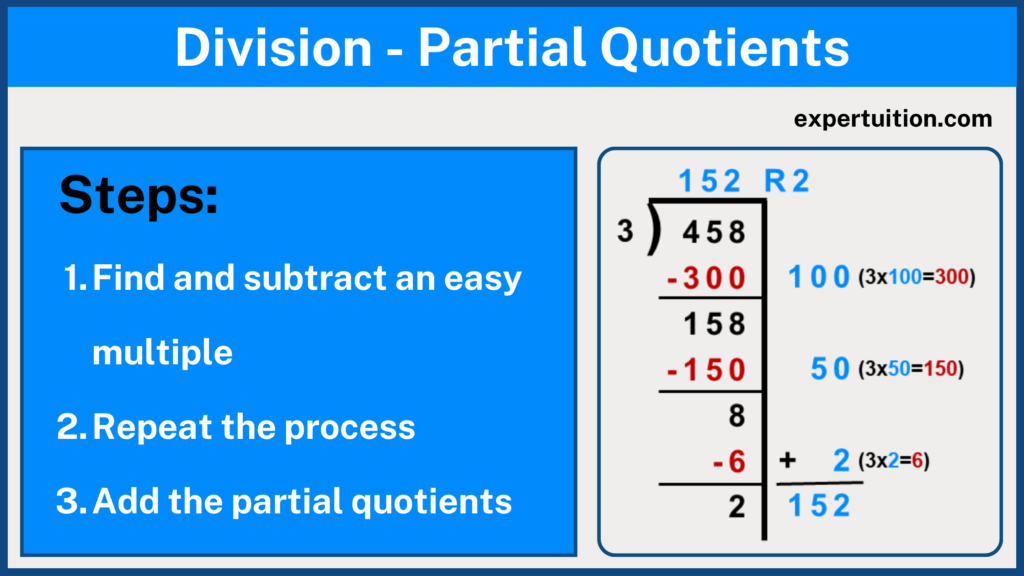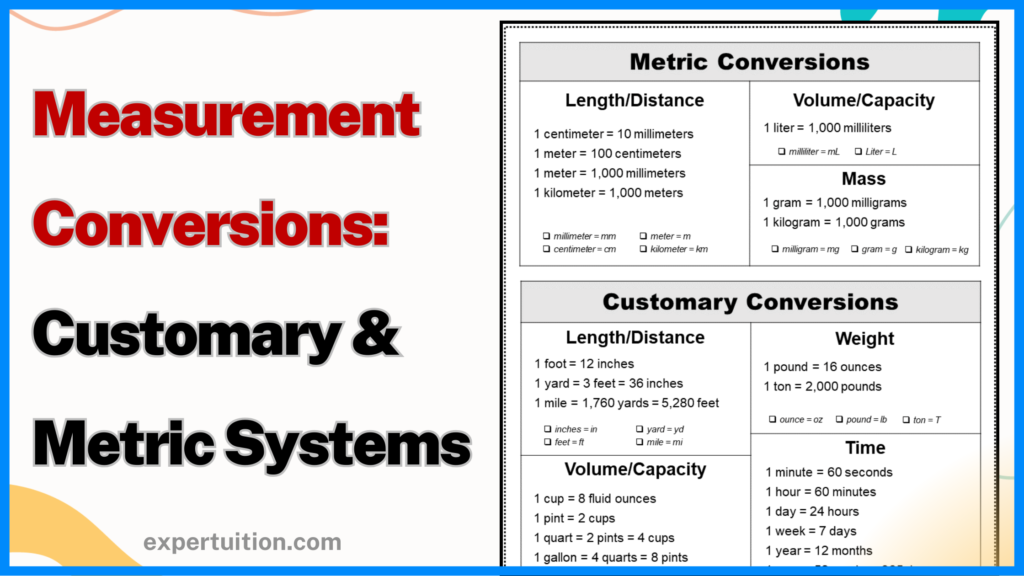
Grade 4 is an important year in a student’s math education as it lays the foundation for more complex concepts in the years to come. Therefore, a spiral math review approach can be especially effective in this grade. In this blog post, we will explore the benefits of spiral math review in grade 4 and some strategies and tips for implementing it effectively.
Introduction
Students are introduced to new math concepts and skills at a rapid pace as they progress through their elementary education.
It can be challenging for them to keep up with everything they are learning, especially when they move on to more advanced topics.
One way to help students master math skills and stay on top of their learning is through a spiral math review.
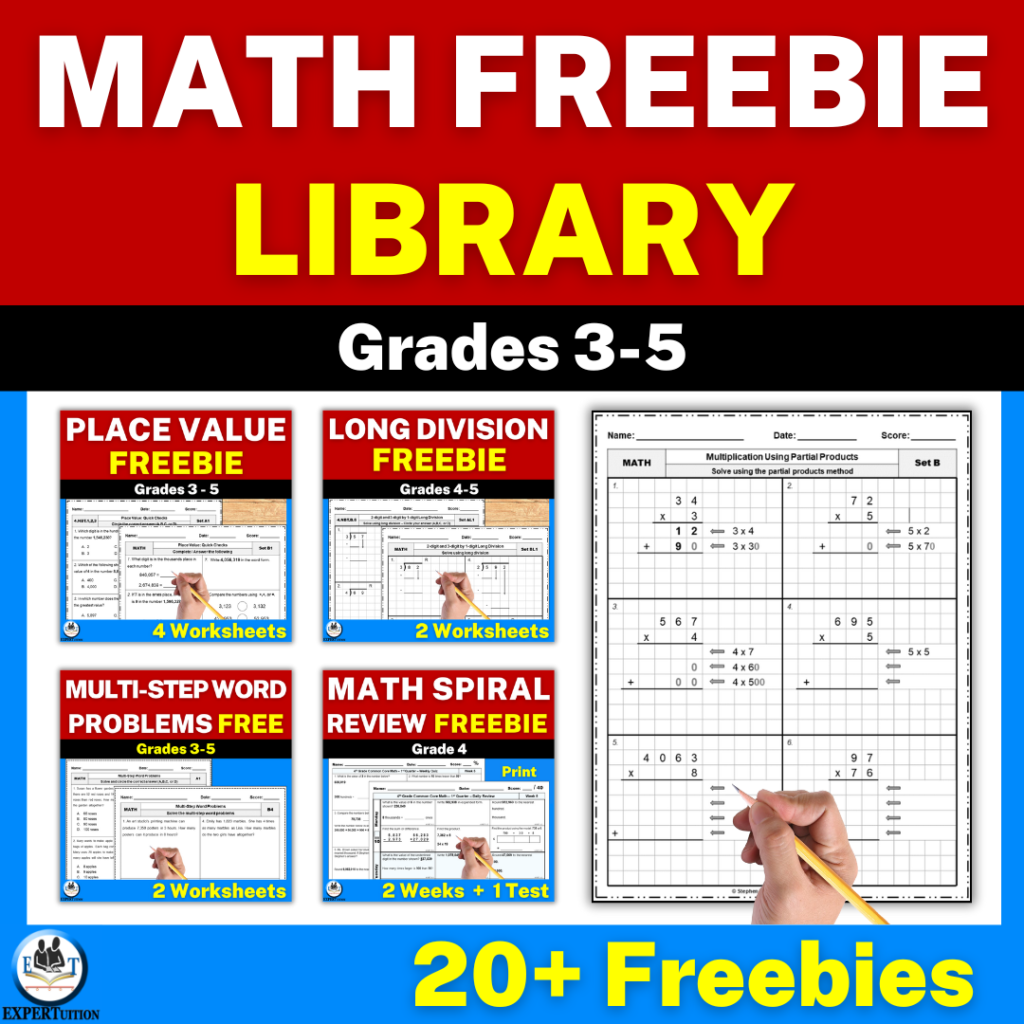
Join my email list and download freebies from my Free Resource Library.
What is Spiral Math Review?
Spiral math review is a teaching method that involves reviewing previously taught concepts and skills on a regular basis.
The idea behind a spiral review is to help students retain information and build on their prior knowledge.
Spiral review is an effective way to help students retain information and develop math fluency.
Instead of teaching a unit on a specific math topic and moving on to the next unit, teachers incorporate review questions from previous units into their daily math lessons.
This allows students to continuously practice and reinforce skills they have already learned while also learning new concepts.
It is common for spiral math review to be done daily, with short exercises or problems that students can complete quickly. These problems are designed to be a quick refresher, reinforcing concepts that students may have forgotten or are struggling with.
Spiral math reviews can be in the form of worksheets, online exercises, or other resources that teachers use to ensure that students are continually practicing and applying their math skills.
Why is Spiral Math Review important in Grade 4?

Grade 4 is a critical year for math students, as it is the year that they begin to tackle more complex mathematical concepts.
Fourth graders learn multiplication, division, fractions, decimals, and geometry, among other topics. These concepts build on the foundational skills they have learned in previous grades, so it is important to continually reinforce them.
Students need to have a strong foundation in math skills to be successful in later years.
Spiral math reviews are essential for helping students develop this foundation.
The consistent review of previously taught material helps students retain the information and build upon it, preparing them for more challenging math concepts in the future.
Benefits of Spiral Math Review
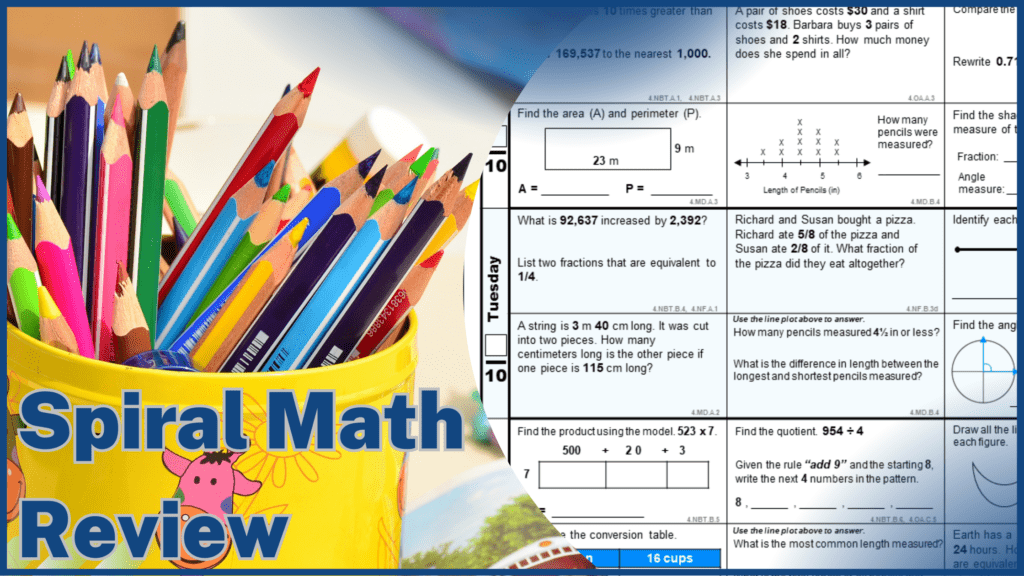
Reinforcement of previously taught concepts
Spiral math review helps students reinforce key concepts that they have learned in previous years. This helps them retain the information and build upon it to learn more complex concepts.
It also ensures that students do not forget what they have learned in the past, which is especially important when it comes to foundational concepts like addition, subtraction, multiplication, and division.
Improved retention
Spiral math reviews help students retain previously learned material by continually revisiting it. This repetition improves long-term memory, allowing students to apply the concepts they have learned in later years.
Increased confidence
Consistently reviewing and practicing previously learned concepts can increase students’ confidence in their mathematical abilities.
This can encourage them to take on more challenging problems and be more engaged in their math learning.
Improved Problem-Solving Skills
By reviewing previously taught concepts, students can learn to apply them to solve more complex problems.
This not only improves their problem-solving skills but also helps them develop a deeper understanding of the concepts they have learned.
Easier identification of areas of weakness
By consistently reviewing concepts, teachers can quickly identify areas where students may be struggling and provide additional support.
Improved test scores

By regularly reviewing previously learned material, students are better prepared for tests and are more likely to perform well on them.
How to Implement a Spiral Math Review
There are many ways that teachers can implement a spiral math review in their classrooms. Some popular strategies include:
Daily Review/Warm-ups
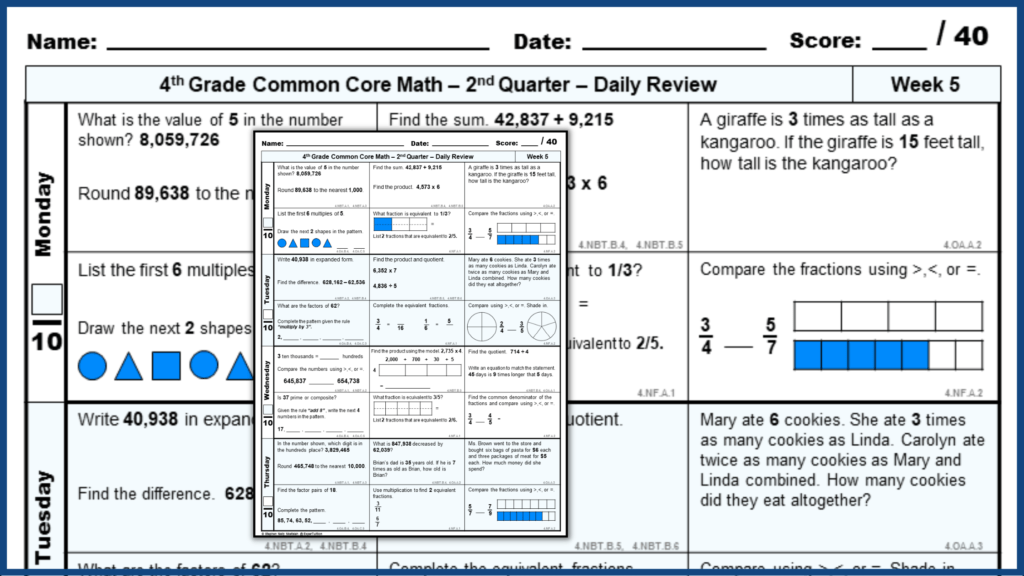
At the beginning of each class, students complete a brief review of previously learned concepts. Teachers can dedicate the first 10-15 minutes of class time to review.
This review might take the form of a short quiz, a series of questions on the board, or a quick worksheet.
They can also ask students to solve problems individually or in small groups, allowing them to practice their skills and develop fluency.
Weekly or monthly reviews
Instead of daily warm-ups, teachers might set aside time each week or month to review previously learned concepts.
This might involve revisiting a particular unit, completing a practice test, or working through a set of review questions.
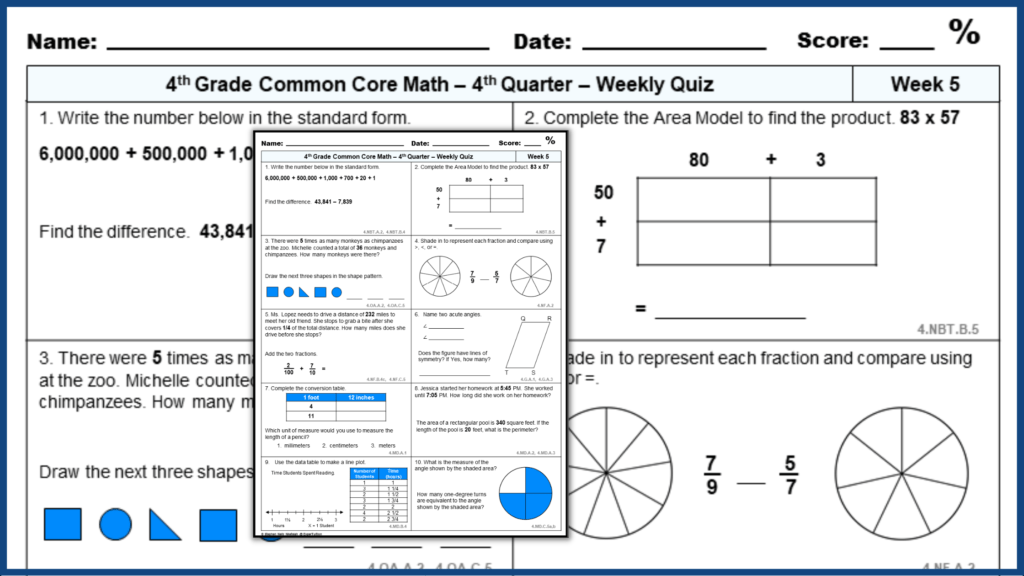
Homework assignments
Teachers might assign homework that requires students to review previously learned concepts.
For example, students might be asked to complete a set of problems that covers topics from the previous week or month.
Integrated practice
Rather than focusing on one particular area of math, teachers might integrate spiral review into their regular lessons.
For example, during a lesson on fractions, students might also review previously learned skills like addition and subtraction.
Tips for an Effective Spiral Math Review

Identify the skills and concepts that need to be reviewed
Start by identifying the skills and concepts that students need to review. This will vary depending on the curriculum and the needs of the students.
Determine the frequency of the review
Decide how often the spiral math review will occur. This could be daily, weekly, or monthly, depending on the needs of the students.
Choose appropriate resources
Select appropriate resources for the spiral math review. This could include worksheets, online exercises, or other resources that allow students to practice and apply their math skills.
Monitor progress
Keep track of students’ progress throughout the spiral math review. This will help identify areas where students may need additional support.
Adjust as needed
Adjust the spiral math review as needed. If students are struggling with a particular concept, consider providing additional support or revisiting the concept more frequently.
Grade 4 Spiral Math Review Worksheets
My 4th grade daily review and weekly quizzes worksheets are completely editable in Microsoft PowerPoint. This will enable you to adjust as needed. They also include data trackers. This will enable you to monitor your students’ progress and thus, help you identify areas where your students may need additional support.
Conclusion
Spiral math review is a powerful teaching method that can help students build a strong foundation of math knowledge and skills.
In grade 4, where students are introduced to more complex concepts, a spiral review can be particularly effective in helping them master new material and build confidence in their abilities.
By incorporating spiral review into daily warm-ups, weekly reviews, homework assignments, or integrated practice, teachers can ensure that students are continually revisiting previously learned concepts and applying them in new and different ways.
This approach can help students develop critical thinking and problem-solving skills, as well as prepare them for success in future math courses.
